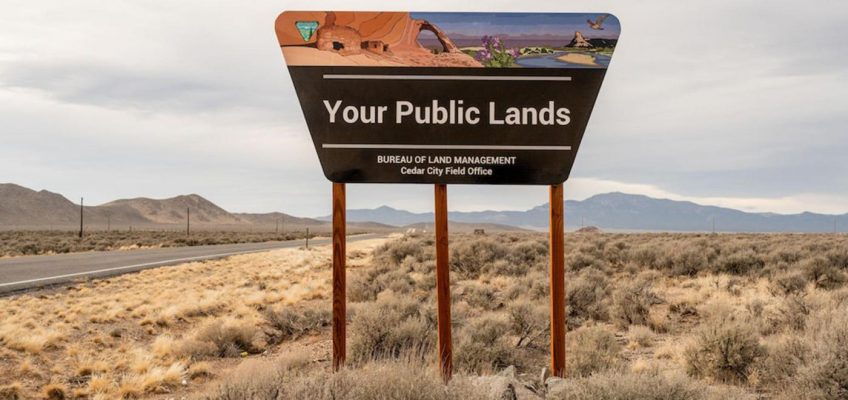Amy Lindgren
Now and then I like to pull together ideas I’ve been musing about. Here are a couple of things currently on my desk.
Office! I meant office!
In last week’s column I repeatedly used the term RTW (return to work). At least I’m consistent, but I should have been using RTO (return to office). Longtime reader Barb C. brought this to my attention, noting “Return to work makes it sound like we were on a work hiatus this whole time. I assure you, we were not!”
Nope, you weren’t and neither was/is anyone else whose work happens to occur somewhere other than a communal workplace. After acknowledging my error, I popped onto the internet to see how RTW and RTO are being used by others.
What I saw erased any lingering doubt about which is the better phrase. Although I had imagined the W would be more inclusive (because not every remote worker is “office”-based), I soon understood just how frustrated home-based workers have been about this issue.
As noted on several discussion boards, the more we describe a change in the work setting as a return to work, the more we imply that work wasn’t being conducted before. While that’s merely annoying in some contexts, it’s demoralizing for public employees who already fight an uphill battle related to their image. As a Reddit poster succinctly wrote, “Language matters.” Consider me educated.
Remembering on-the-job training
There has been a lot of talk about the value of apprenticeships, trade schools, and non-college ways of learning work skills. I’m all for it, and try hard not to point out my decades of columns as proof. After all, no one likes a know-it-all. But it does seem important to tie the parts together, so “new” ideas are recognized for the foundation they stand on.
Ready? In decades past, fewer people went to college. Those that did tended to go into what became white-collar jobs. They weren’t necessarily trained in college for those jobs, but were chosen for the perception that college had made them into thinkers, analysts, writers, etc. They were trained on the job, famously starting out in the mail room or on the sales desk before gaining their striped ties (because they were more often men than women).
Meanwhile, their friends who didn’t go to college were enrolling in trade school or going directly to work in manufacturing, retail, hospitality, construction …basically everything else. They also didn’t show up with the needed skills, unless they had worked in a family business or had related classes in high school. They, too, were trained on the job.
In other words — not to be too blunt about it — employers took responsibility for training their workers to work for them. Sometimes they found people already trained (such as folks just out of the military), but they didn’t count on such fortune as their only pipeline. Nor did they demand previous training or experience or certificates as the entry point for their jobs.
So that’s the foundation, prior to the explosion of external training programs that provided employers the promise / expectation / assumption of already-trained workers.
I’m skipping quite a lot here, including that people used to hang onto jobs for life if they could. Partly because they feared not getting on the escalator at the same floor if they tried to go elsewhere. And partly because employers sweetened the pot by providing pensions and not cutting staff on a whim.
Too much has changed in all aspects of our lives to imagine going back. Not to mention, those glory days were only glorious for certain segments of our population, who still paid a price for all that glory. My point isn’t to wax nostalgic but to ask frankly: Whatever happened to on-the-job training?
I’m asking for your thoughts on this but I’ll cover some ground first by saying I know some companies have made headlines partnering with schools or developing pipelines for kids coming out of the justice system. And I know that apprenticeships are gaining traction again. Daily press releases also keep me abreast of individual initiatives tucked into different pockets of the country.
But I’m still asking. Given the constant drumbeat of articles and surveys where employers say their jobs demand skills their applicants don’t have: Why aren’t they training them?
It’s got to be more complicated than I think, but then I wonder if it is. Anyone?
Related Articles
Working Strategies: Adjusting to, and surviving, return-to-work
Working Strategies: Do you have a bucket list for your career?
Working Strategies: Competing offers prove both a good, and bad, dilemma to have
Working Strategies: Using AI while maintaining core skills
Working Strategies: Breaking the no-experience-no-job cycle – part 2
Amy Lindgren owns a career consulting firm in St. Paul. She can be reached at alindgren@prototypecareerservice.com.




